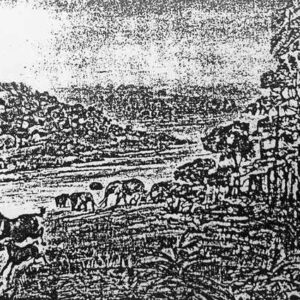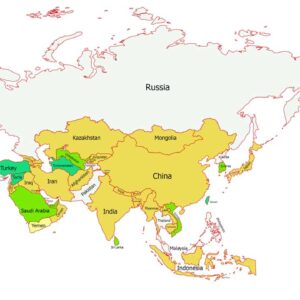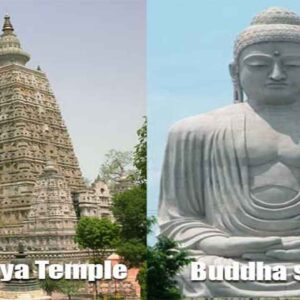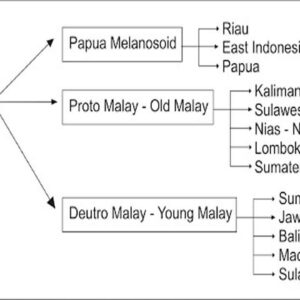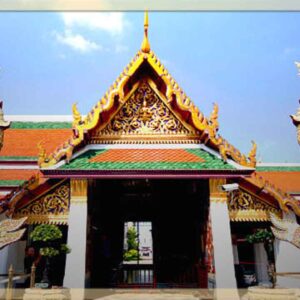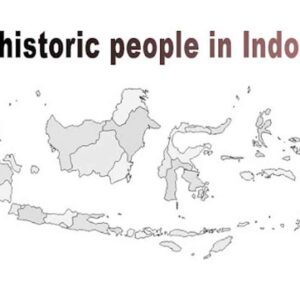Compared to countries bordering the Mediterranean and in Asia Minor, the development of Britain was slow. The first pyramid had been built in Egypt one thousand years before the construction of Stonehenge. By 2500 BC Babylonian merchants could not only write; they actually made maps of their estates.
In every way, the people from this sunnier part of the world were more advanced. When one ancient Briton was quarreling (and doubtless fighting) with another about the right to s patch of land, the Egyptians were conducting organized wars.
We don’t know whether the Beaker Folk fought amongst themselves. We can be certain, however, that the Celts – who arrived 1500 years later – were very warlike. They came from France and the low countries – at first in small numbers, later in hordes. They were tall men; strong and muscular with fair complexions. They were high-spirited, excitable, and when they were not fighting, they enjoyed feasting.
With the Celts came a new language. You can still hear traces of it in Cornwall, Ireland, and Wales, and in the northwest of Scotland.
The Celtic priests (call Druids) taught new ideas about immortality and the Universe. Their craftsmen introduced a new metal to the island’s iron.
Iron was more useful than bronze. It was harder, and you did not have to search for two ingredients (copper and tin) in the mountains. The first deposit of iron ore was probably discovered in the Forest of Dean and in the Kent and Sussex Weald.
The most warlike of the Celtic tribes were the Belgac who came from the Low countries (of which Belgium is a part). They had their own king, and they were nearly always in the spearhead of the Celtic advance as it spread across Britain. Gradually they penetrated into Scotland, to Wales, and into Cornwall.
If the inhabitants of Britain meekly gave them what they wanted, there was no trouble. Some of them married local girls and settled down. But if anyone attempted to resist, fighting broke out.
Warfare cannot have come as a complete surprise to the British. There were already hill forts scattered over the country. But these defenses were not enough to keep away the Celts. Many of the tribesmen had already experienced fighting in Europe. They were led by warrior chiefs; armed with iron swords and daggers.
A Celtic chief had s chariot, though it seems doubtful whether he used it in battle. It may have been just for display; it was certainly buried with him when he died.
The simple natives of Britain stood little chance against such tough and well-armed invaders. Wherever the Celts went, they conquered. To make sure they held on to the captured land, they, too, built forts, sturdy earthworks reinforced with timber.
But not all their land had to be taken from the British. Parts of the country had never been settled. The forests, in particular, were left alone, for people were afraid of them and communities preferred the high ground.
The fearless Belgae, however, decided to occupy the southeast of England, which was thick with trees. They cut down the timber and cleared the soil. It was well worth the trouble. The crops turned out to be far better than those grown on the bleak upland fields.
Read also: The Roman Conquest
